Imagine standing on the tranquil shores of a glassy lake, watching the mist swirl above the water at dawn. It looks peaceful, even magical. But beneath the surface, something terrifying lurks—vast amounts of invisible carbon dioxide, silently building up, waiting for the right moment to escape. These are the world’s “killer lakes,” places where the air itself can suddenly turn deadly. It’s a chilling reality: some lakes do not just reflect the sky—they can suffocate life in an instant. How can a serene lake, beloved by locals and wildlife, become a silent assassin? The answers are stranger than fiction.
The Mystery of Limnic Eruptions
Few natural disasters are as bizarre—and as frightening—as a limnic eruption. This phenomenon occurs when deep layers of a lake become saturated with carbon dioxide, often due to volcanic activity or the breakdown of organic matter. Over time, the gas dissolves into the water, creating a hidden threat. If disturbed by a landslide, earthquake, or even a heavy rainfall, the gas can suddenly escape in a violent burst, suffocating everything nearby. Limnic eruptions are rare, but their impact is devastating. The sheer volume of gas released can blanket the landscape, making the air unbreathable for humans and animals alike.
Where the Air Turns Lethal: Lake Nyos
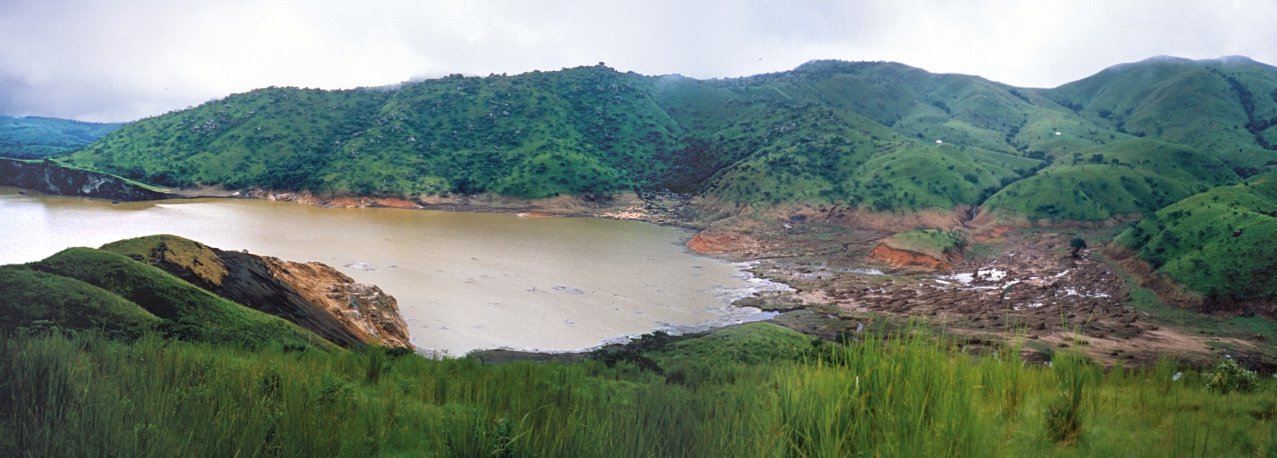
Perhaps the most infamous of all is Lake Nyos, nestled in the volcanic highlands of Cameroon. In August 1986, this seemingly calm lake released a massive cloud of CO₂. The gas swept down the valleys, silently killing over 1,700 people and thousands of livestock within minutes. Survivors described the air as suddenly heavy, with a strange taste—then blackness. The event was so shocking that it sounded like a horror story, but it was all too real. Scientists rushed to understand what had happened and how to prevent it from occurring again.
A Hidden Monster: Lake Monoun
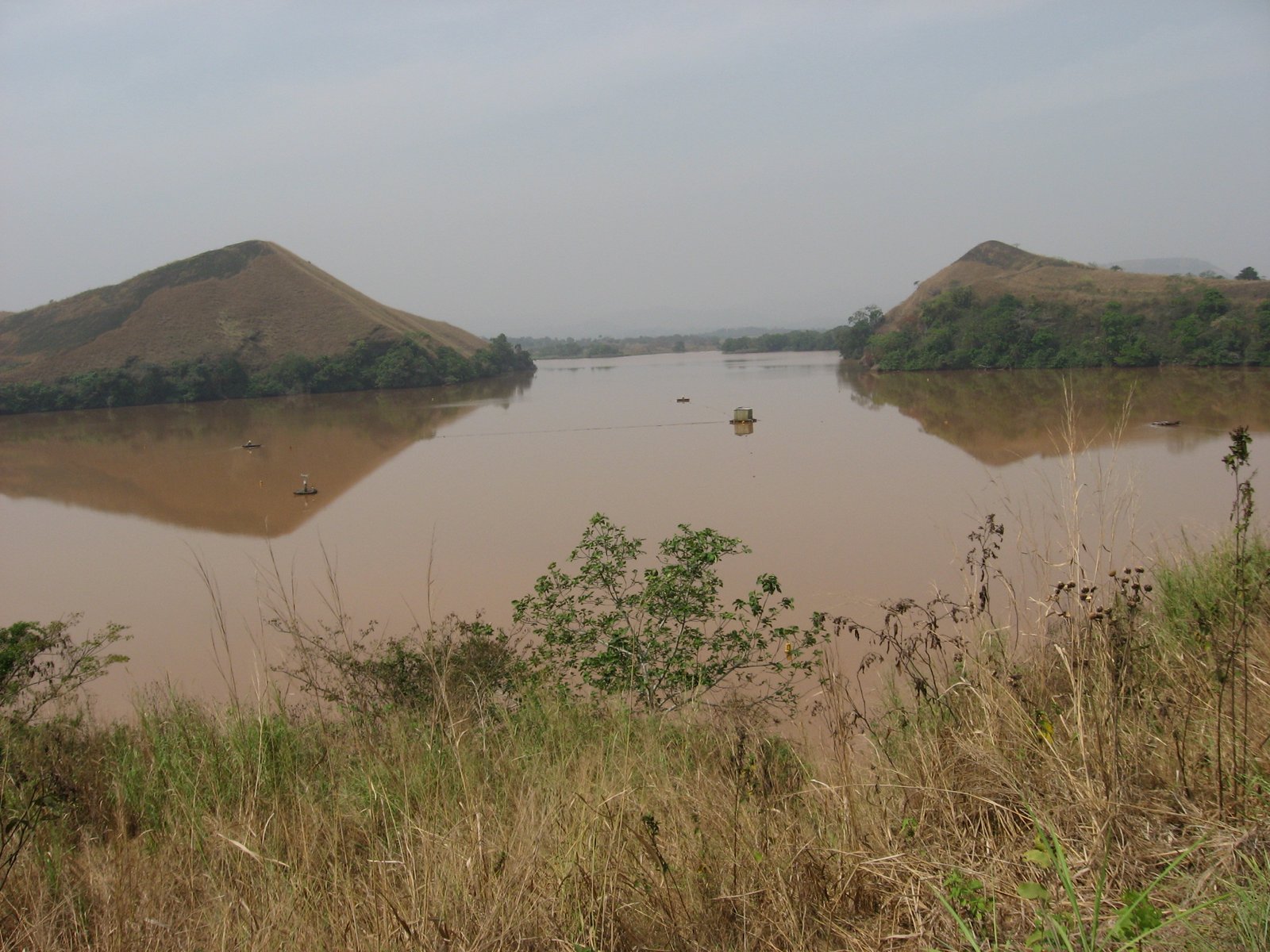
Just two years before the Lake Nyos disaster, another Cameroonian lake, Lake Monoun, issued a deadly warning. In August 1984, a smaller limnic eruption killed 37 people sleeping in a nearby village. The cause was the same—CO₂ accumulating at depth, then suddenly escaping. While the scale was smaller than Nyos, the message was clear: these lakes were ticking time bombs, and the threat was not isolated. Local legends spoke of evil spirits, but science revealed a much stranger culprit: nature’s own chemistry.
Silent Accumulation: How CO₂ Builds Up
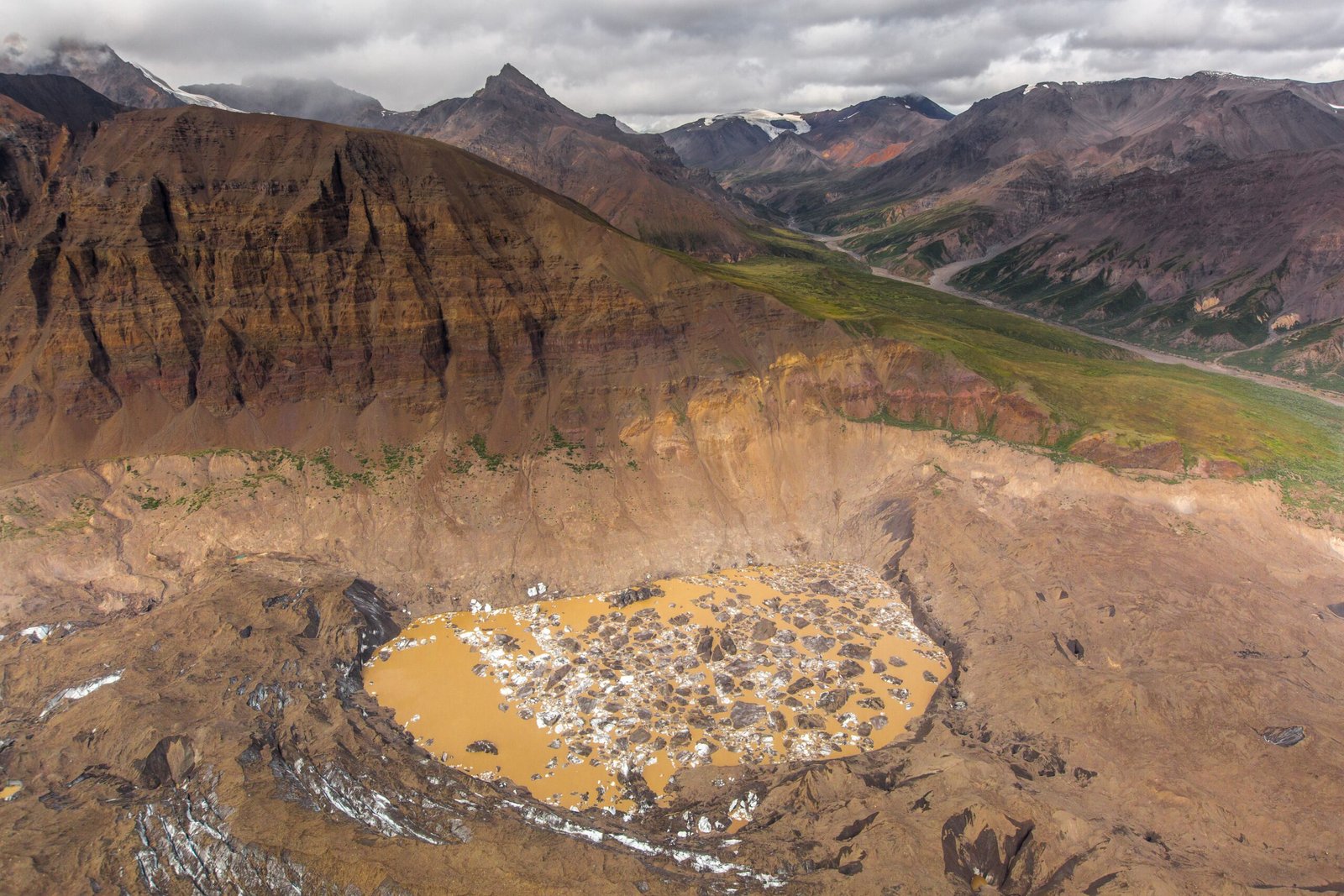
In most lakes, gases like oxygen and carbon dioxide circulate through seasonal mixing. But in these special lakes, the water remains stratified, meaning layers do not mix. This is often due to their depth, shape, and volcanic activity beneath. CO₂ seeps in from magma below or from decaying organic matter and gets trapped in the deepest, coldest waters. With nowhere to go, the concentration increases year after year, turning the lake bottom into a pressurized chamber. It’s a natural process, but one with deadly potential.
The Science of a Deadly Burp
To visualize a limnic eruption, imagine shaking a bottle of soda and then popping the cap. All that gas, trapped under pressure, rushes to the surface in a frothy explosion. In a killer lake, the “cap” is the heavy water sitting on top of the gas-rich layer. When something disturbs this balance—a landslide, a storm, or even a temperature shift—the gas escapes in a massive release. The result: a rolling wave of carbon dioxide that hugs the ground, displacing oxygen and suffocating any life in its path. It’s a disaster that arrives without warning and leaves no time to run.
Other Lakes at Risk: Lake Kivu
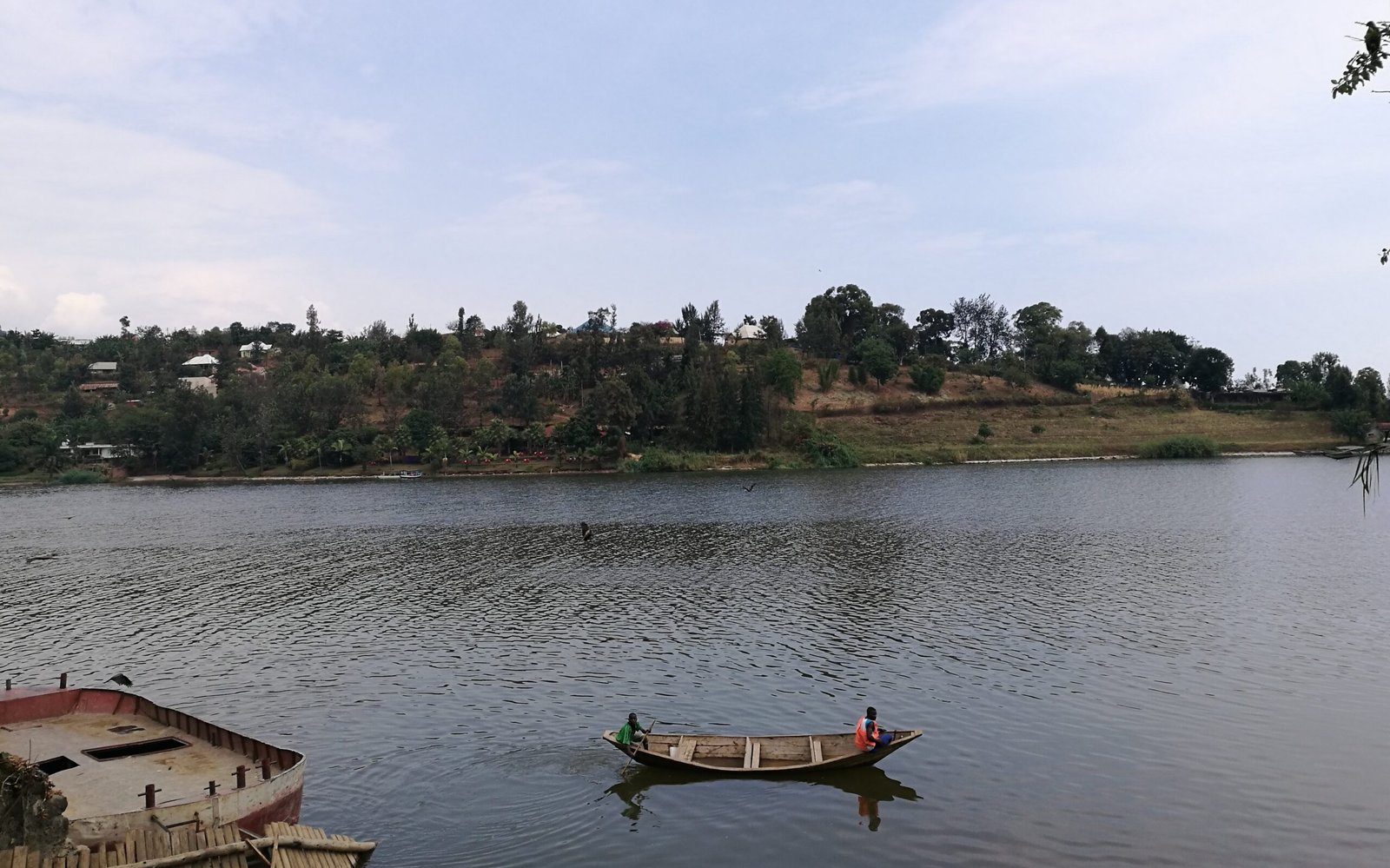
Not all killer lakes have struck yet. One of the most closely watched is Lake Kivu, a vast body of water straddling the border between Rwanda and the Democratic Republic of Congo. Beneath its surface lie billions of cubic meters of both CO₂ and methane, a combination that is both explosive and suffocating. Scientists estimate that a large eruption here could threaten the lives of millions living nearby. The fear of a future disaster looms large, and efforts are underway to monitor and manage the risk.
Canary in the Water: Signs of Imminent Danger
Detecting a limnic eruption before it happens is a massive scientific challenge. Some warning signs include changes in water color, bubbling at the surface, or sudden fish deaths. Sensitive gas sensors and seismic monitors have been installed at known killer lakes to track changes in pressure and chemistry. But nature does not always give clear warnings. Often, the first sign of trouble is a sudden, unexplained silence as birds and animals flee the approaching gas cloud.
Saving Lives: Degassing and Prevention
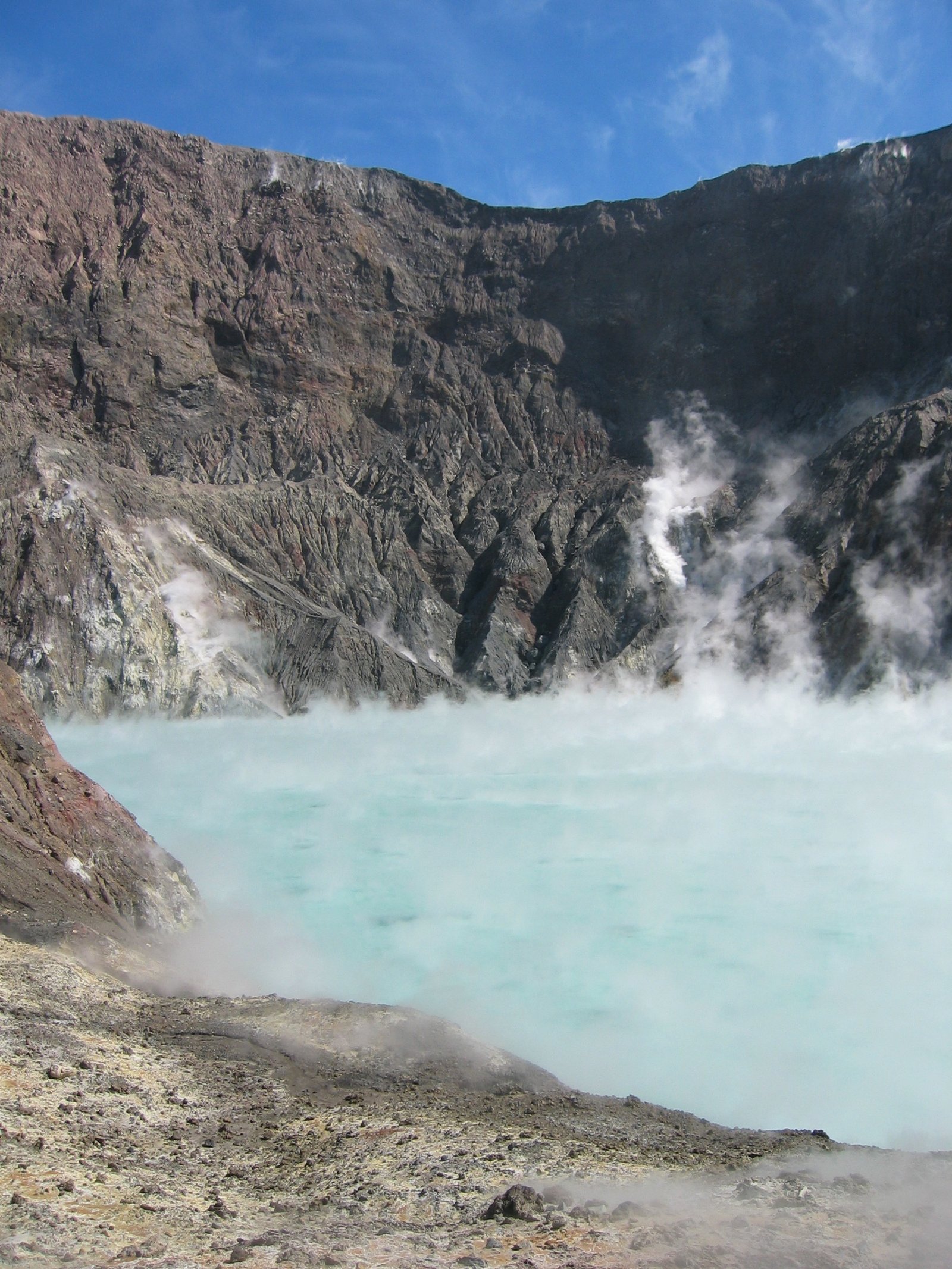
After the Nyos tragedy, scientists developed a remarkable solution: degassing. They installed pipes that reach to the bottom of the lake, allowing pressurized water and gas to escape slowly and harmlessly at the surface, like opening a soda bottle gently. This process is ongoing and has dramatically reduced the risk at both Nyos and Monoun. Still, it’s a race against time and nature, as maintaining these systems in remote, resource-limited locations is no small feat.
The Human Stories Behind the Science

Beyond the scientific facts are the people who live in the shadow of these lakes. Many rely on the water for fishing, farming, and drinking. The sudden loss of loved ones, livestock, and livelihoods leaves deep scars on communities. Survivors recall the day the air itself betrayed them, while children grow up with new warnings and evacuation drills. Their resilience is inspiring, but the fear of the unknown never fully disappears.
The Global Impact: Lessons for a Changing Planet

Killer lakes are not just a local phenomenon—they are a stark reminder of how complex and interconnected our planet’s systems are. As climate change and land use alter the balance of ecosystems, new risks could emerge even in places where none existed before. Understanding these lakes teaches us to respect nature’s hidden power and to invest in science, monitoring, and preparedness. The story of breathing lakes is a call to remain vigilant, to value knowledge, and to never underestimate the secrets that lie beneath the surface.


